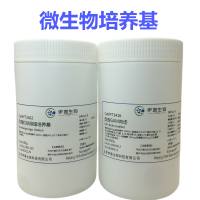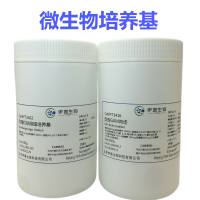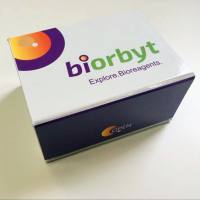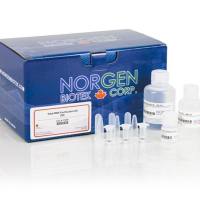Observing Meiosis in Filamentous Fungi: Sordaria and Neurospora
互联网
452
The filamentous fungi Neurospora crassa and Sordaria macrospora are materials of choice for recombination studies because each of the DNA strands involved in meiosis can be visually analyzed using spore-color mutants. Well-advanced molecular genetic methodologies have been developed for each of these fungi, and several mutants defective in recombination and/or pairing are available. Moreover, the complete genome sequence of N. crassa has made it possible to clone virtually any gene involved in their life cycle. Both fungi provide also a particularly attractive experimental system for cytological analysis of meiosis: stages can be determined independently of chromosomal morphology and their seven chromosomes are easily identified. The techniques for light, immunofluorescence and electron microscopy presented here have been used, with success, for monitoring of chromosome behavior during both meiotic and sporulation processes. They have also proved useful for the analysis of mitochondria and peroxisomes as well as cytoskeleton and spindle pole-body components. Moreover, all techniques of this chapter can be easily applied to other filamentous ascomycetes, including other Sordaria and Neurospora species as well as Podospora, Ascobolus, Ascophanus, Fusarium, Neotiella, and Aspergillus species.









